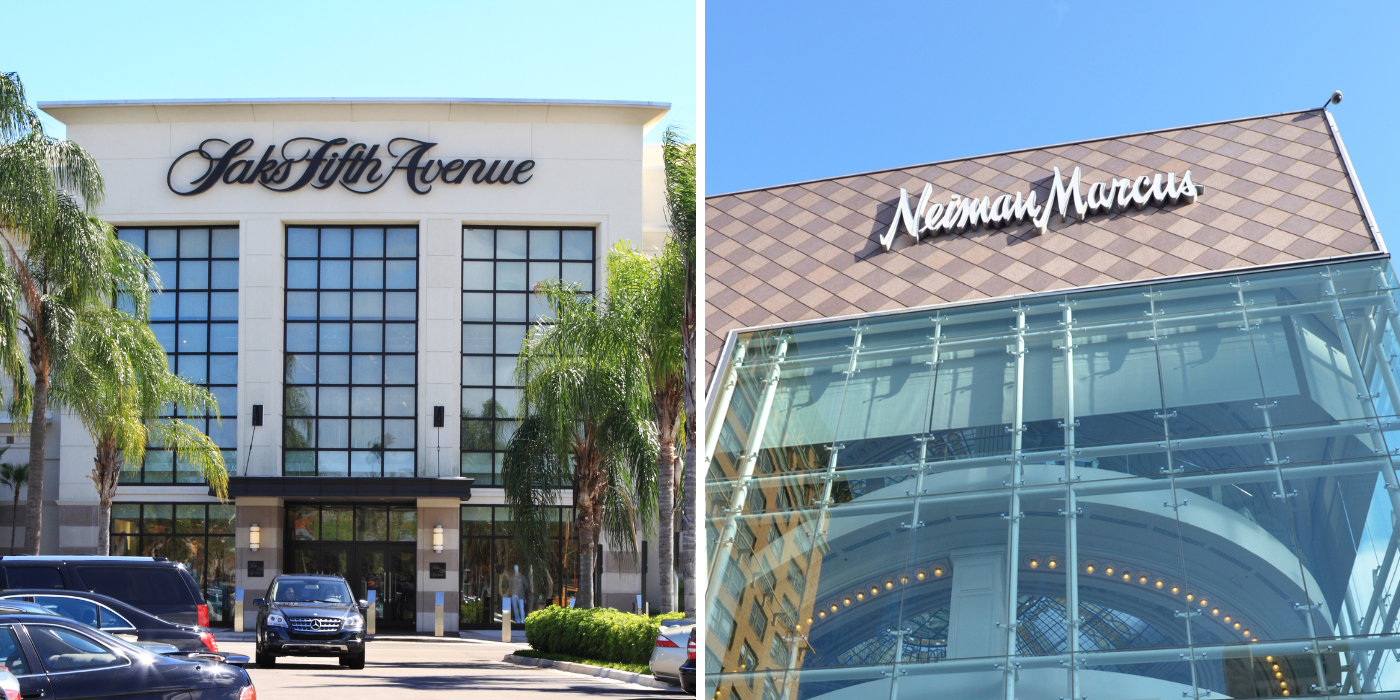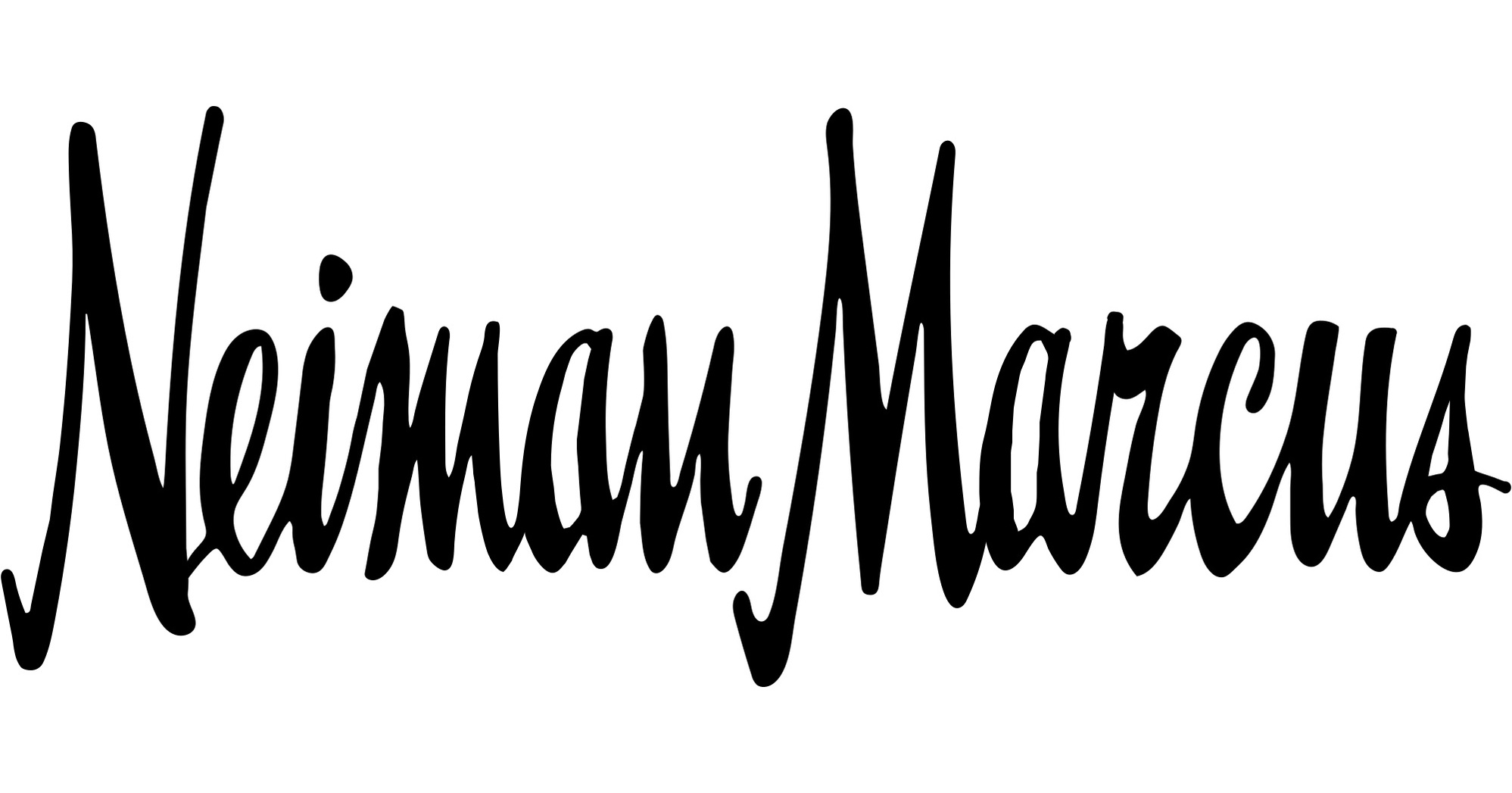Merger Overview

Neiman marcus saks merger – The merger of Neiman Marcus and Saks Fifth Avenue, announced in 2023, is a strategic move aimed at consolidating the luxury retail landscape and capturing a larger market share. The combined entity, with its expanded portfolio of iconic brands, enhanced omnichannel capabilities, and optimized operations, seeks to elevate the customer experience and drive long-term growth.
The merger of Neiman Marcus and Saks Fifth Avenue created a retail powerhouse, bringing together two iconic brands. The combined company, known as NM Saks, has a strong presence in luxury retail, with a wide range of offerings including designer clothing, accessories, and home goods.
The merger has also had a significant impact on the stock market, with Saks stock experiencing a surge in value. NM Saks continues to expand its reach, with plans to open new stores and enhance its online presence, further solidifying its position as a leader in the luxury retail sector.
The merger aligns with the evolving retail landscape, characterized by increasing digitalization, changing consumer preferences, and heightened competition. By combining their strengths, Neiman Marcus and Saks Fifth Avenue aim to create a formidable luxury powerhouse with a robust physical and digital presence, catering to the discerning needs of affluent consumers.
The merger of Neiman Marcus and Saks Fifth Avenue has created a retail powerhouse with a global reach. The combined company operates over 400 stores in the United States and Canada, including the iconic Neiman Marcus San Francisco location. This flagship store is a destination for luxury shoppers, offering an unparalleled selection of designer clothing, accessories, and home goods.
The merger has further strengthened the company’s position in the luxury retail market, and it is poised for continued growth in the years to come.
Strategic Goals and Objectives
- Consolidate the luxury retail market and increase market share.
- Enhance the customer experience through a seamless omnichannel presence.
- Optimize operations and leverage synergies to improve efficiency and profitability.
- Drive innovation and adapt to evolving consumer trends.
- Strengthen brand portfolio and expand geographic reach.
Potential Synergies and Benefits
The merger is expected to yield significant synergies and benefits, including:
- Enhanced omnichannel capabilities, enabling seamless shopping experiences across physical stores, online platforms, and mobile devices.
- Optimized inventory management and supply chain efficiency, leading to reduced costs and improved customer satisfaction.
- Expanded brand portfolio, offering a wider range of luxury products and catering to a broader customer base.
- Increased purchasing power and negotiating leverage with vendors, resulting in favorable terms and cost savings.
- Improved marketing and advertising reach, leveraging the combined customer base and brand recognition.
Competitive Landscape: Neiman Marcus Saks Merger

Prior to the merger, Neiman Marcus and Saks Fifth Avenue were two of the leading luxury department store chains in the United States, each with its own unique strengths and weaknesses. Neiman Marcus was known for its upscale clientele and exclusive merchandise, while Saks Fifth Avenue was known for its broader appeal and more accessible price points.
The merger of Neiman Marcus and Saks Fifth Avenue created a formidable competitor in the luxury retail industry. The combined company has a wider reach than either of its predecessors, with over 400 stores in the United States and Canada. It also has a more diverse product mix, which allows it to appeal to a broader range of customers.
Key Competitors
The key competitors of the merged Neiman Marcus and Saks Fifth Avenue include:
- Nordstrom
- Macy’s
- Bloomingdale’s
- Bergdorf Goodman
- Barneys New York
These competitors offer a similar range of products and services to Neiman Marcus and Saks Fifth Avenue, and they all have a strong presence in the luxury retail market.
Competitive Advantages and Disadvantages
The merged Neiman Marcus and Saks Fifth Avenue has a number of competitive advantages over its rivals, including:
- A wider reach than any other luxury department store chain in the United States
- A more diverse product mix
- A strong brand reputation
- A loyal customer base
However, the merged company also has some disadvantages, including:
- Higher prices than some of its competitors
- A more limited selection of products than some of its competitors
- A less accessible location than some of its competitors
Impact on Competitive Dynamics, Neiman marcus saks merger
The merger of Neiman Marcus and Saks Fifth Avenue has had a significant impact on the competitive dynamics of the luxury retail industry. The combined company is now the largest luxury department store chain in the United States, and it has a strong competitive advantage over its rivals. However, the merger has also led to increased competition in the luxury retail market, as other companies have sought to compete with the merged entity.
Customer Impact

The merger of Neiman Marcus and Saks Fifth Avenue has the potential to significantly impact customer loyalty and shopping behavior. The combined entity will create a formidable luxury retailer with a broader product assortment, expanded geographic reach, and enhanced customer service capabilities.
One of the key potential benefits of the merger is the opportunity to enhance customer loyalty. By combining the customer bases of both companies, the merged entity will have a larger pool of loyal customers to engage with. This will allow the company to develop more targeted and personalized marketing campaigns, offer exclusive rewards and benefits, and create a more seamless shopping experience across all channels.
Product Offerings
The merger will also lead to changes in product offerings. The combined company will have a wider range of products to offer customers, including a broader selection of luxury brands, exclusive products, and limited-edition items. This will allow customers to find everything they need in one place, making it more convenient and enjoyable to shop.
Pricing
The merger may also impact pricing. The combined company will have more bargaining power with suppliers, which could lead to lower prices for customers. Additionally, the company may be able to offer more competitive pricing on exclusive products and limited-edition items.
Customer Service
The merger will also lead to changes in customer service. The combined company will have a larger team of customer service representatives, allowing it to provide more personalized and efficient service. Additionally, the company will be able to offer a wider range of customer service options, such as online chat, virtual appointments, and in-store concierge services.
Effectiveness of Efforts
The effectiveness of the merged entity’s efforts to maintain and enhance customer satisfaction will depend on several factors, including the company’s ability to:
- Successfully integrate the two companies’ operations and cultures
- Develop and implement effective marketing campaigns
- Provide excellent customer service
- Offer a compelling product assortment and competitive pricing
If the merged entity is able to successfully execute on these factors, it will be well-positioned to maintain and enhance customer satisfaction.